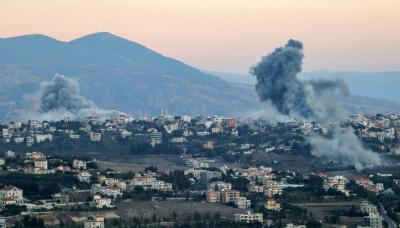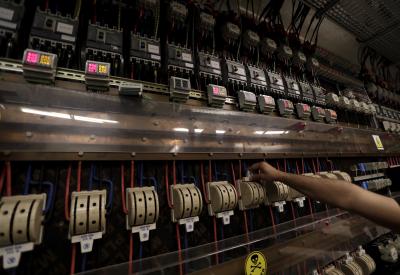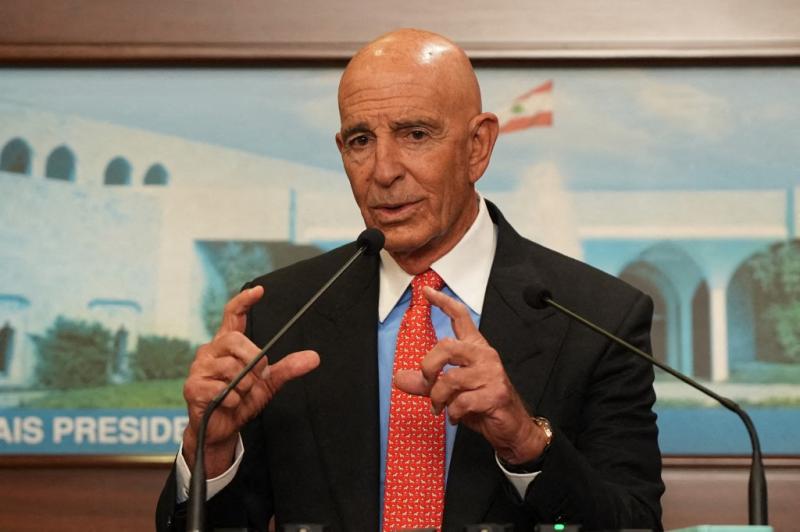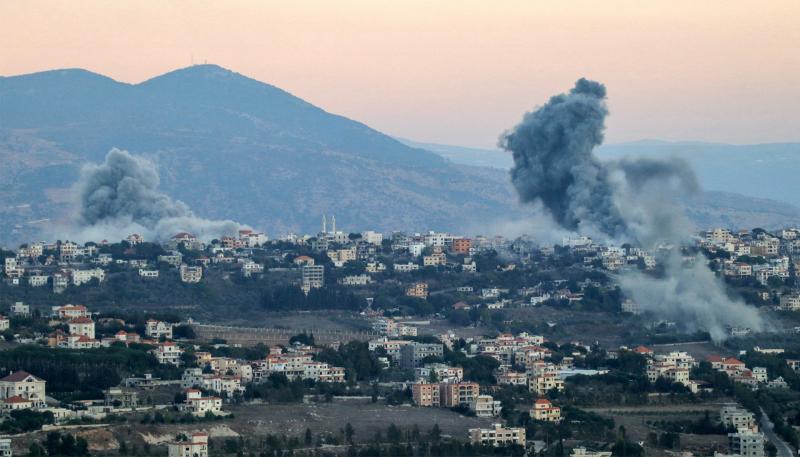According to the latest data from Numbeo’s Traffic Index for 2025, several Arab countries record high levels of traffic congestion. Egypt tops the list, ranking sixth worldwide with a congestion index of 226.7 points, followed by Jordan in 13th place globally with 187.1 points, and Lebanon in 15th place with 183.8 points. Other Arab countries show relatively lower rates: the United Arab Emirates (22nd worldwide – 168.4), Kuwait (26th – 162.0), Saudi Arabia (40th – 140.9), and Qatar (47th – 134.9).
Lebanon: Heavy Congestion and Unprepared Infrastructure
Lebanon’s ranking as the third most congested Arab country was hardly surprising. According to the Association of Car Importers in Lebanon, the number of registered cars exceeds 1.6 million — roughly one vehicle for every three people — an enormous figure considering the country’s small size and weak infrastructure. Additionally, approximately 40 percent of cars in Lebanon are over 15 years old, resulting in higher emissions, increased fuel consumption, and more frequent mechanical breakdowns that further congest the roads. In the capital, Beirut, drivers are estimated to spend more than 90 hours a year stuck in traffic — a figure that places the city among the most congested capitals in the Middle East.
The Reasons Behind the Worsening Problem
- Lack of organized public transport: The absence of a modern transportation network, such as a metro, rail system, or even a reliable bus service.
- Excessive dependence on private cars: A result of declining confidence in shared transport and the lack of alternative mobility options.
- Parking chaos: Especially in the capital and its suburbs, where randomly parked cars occupy more than 30 percent of road space.
- Absence of sustainable urban planning: Unregulated urban expansion has increased the strain on the already overloaded traffic network.
Urban transport expert Wael Najm told Al Safa News: “Lebanon is suffering from a structural transport crisis that cannot be solved by building more roads, but by changing the existing mobility model. What is needed is a comprehensive vision that begins with the creation of a national public transport authority, the organization of shared transport, and the promotion of electric mobility, especially with the growing presence of electric and hybrid cars in the Lebanese market.”
Najm added that “the shift toward sustainable modes of transport not only reduces congestion but also benefits the national economy by lowering the fuel import bill and improving air quality in major cities.”
In Conclusion
Traffic congestion in Lebanon is not merely a transportation issue but a reflection of a chronic urban and economic planning crisis. With the number of vehicles increasing and no clear vision for public transport in sight, the solution to this growing problem does not lie in expanding roads but in transforming the way Lebanese people move — toward a more sustainable and efficient future.
Please post your comments on:
[email protected]
 Politics
Politics
















